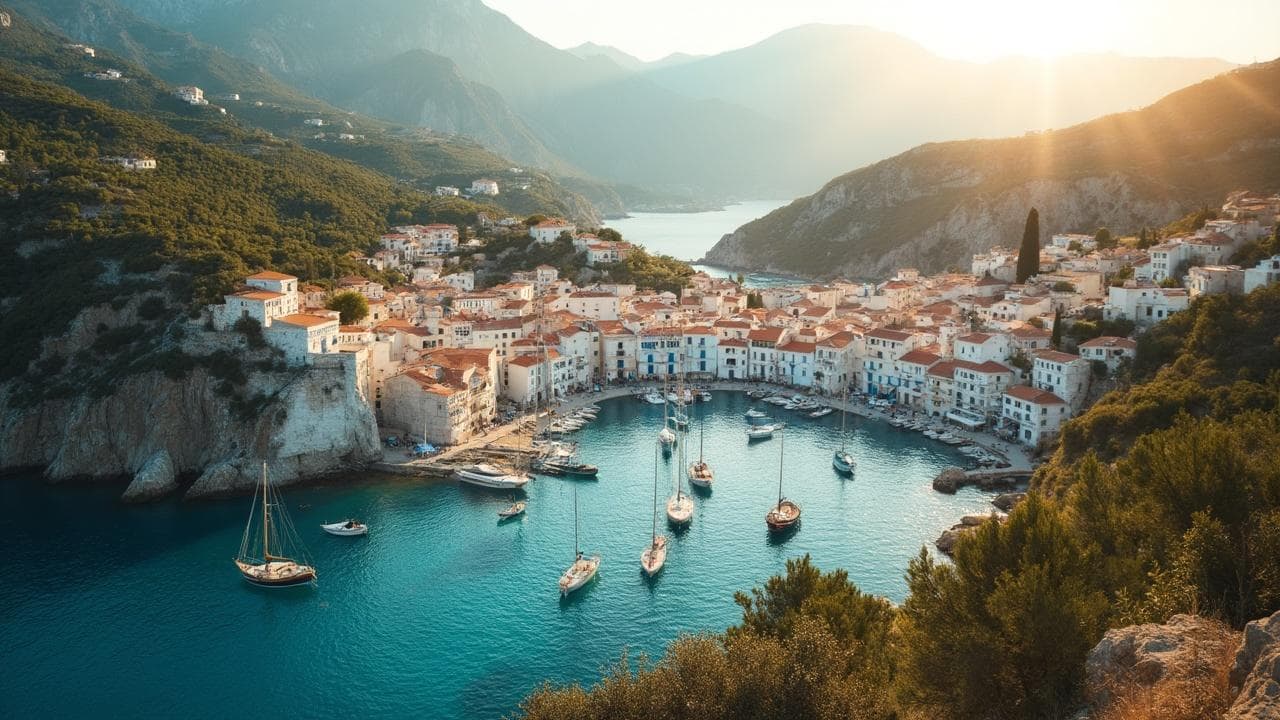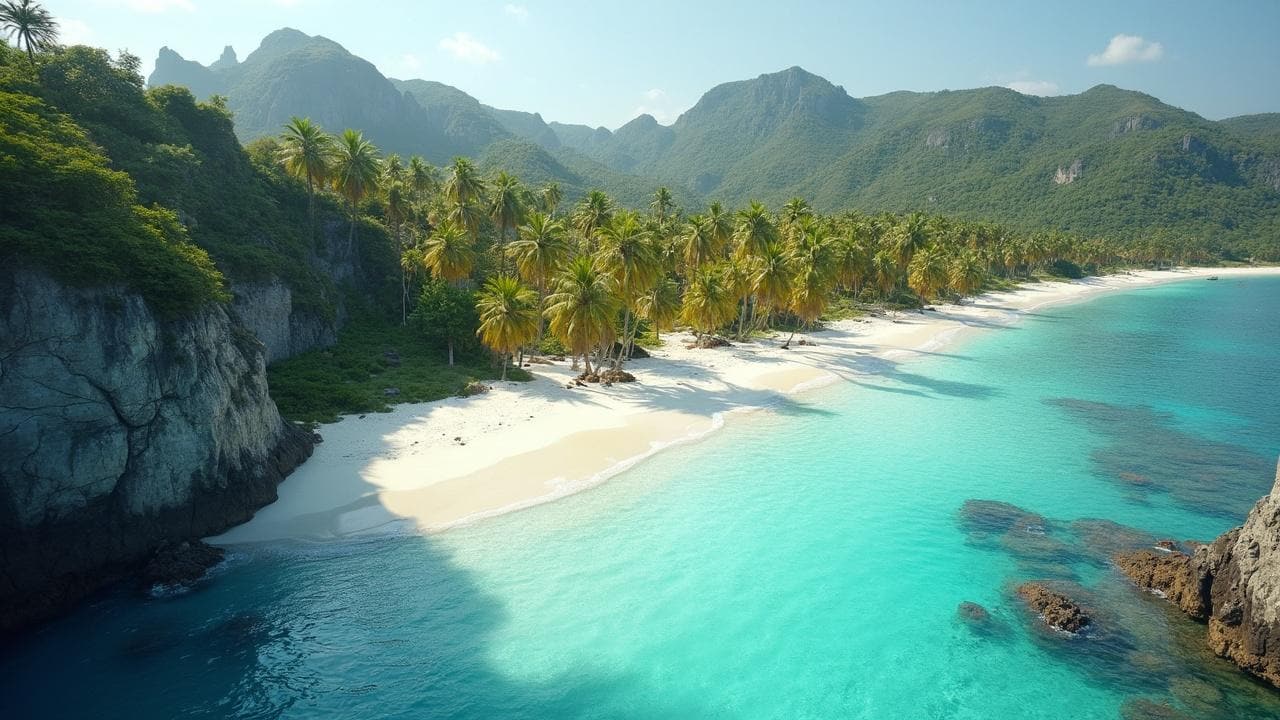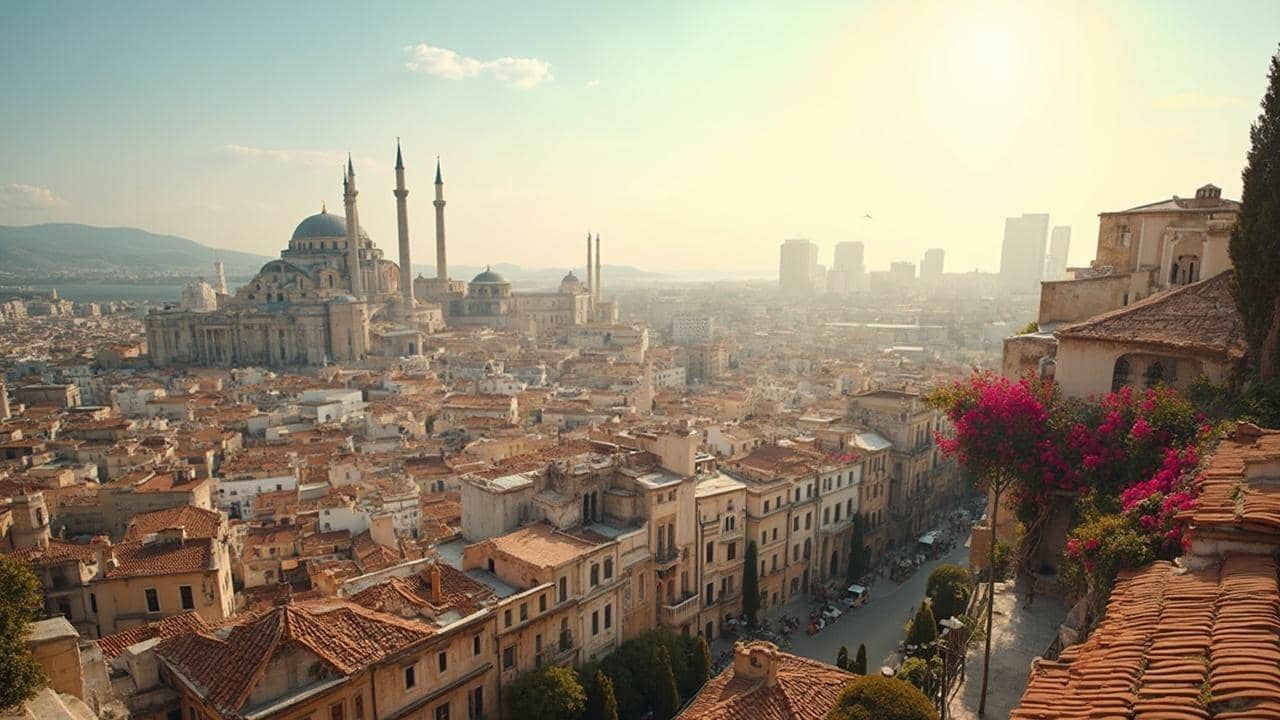When I first set foot on the enchanting island of Bali, I was struck by its lush landscapes, rich cultural tapestry, and the warm hospitality of its people.
As a digital nomad who’s trekked through Nepal and navigated the bustling streets of Southeast Asia’s capitals, Bali offered a unique blend of adventure and serenity that captivated me.
Geological formation
Bali, a jewel in the Indonesian archipelago, owes its breathtaking landscapes to a tumultuous geological past.
Nestled at the crossroads of the Indo-Australian and Eurasian tectonic plates, Bali’s formation is a tale of subduction and volcanic activity. The central mountain range, with the majestic Mount Agung at its pinnacle, is a testament to the island’s volcanic heart.
My fascination with Bali’s geology peaked during a sunrise trek up Mount Batur. Standing atop the summit, watching the sun paint the sky in hues of orange and pink, the geological forces that shaped this land felt palpable.
The terraced rice paddies that flank the mountain slopes perfectly exemplify how Balinese culture has harmoniously adapted to the island’s fertile volcanic soils.
History
The tapestry of Bali’s history is rich with the threads of dynastic rule and colonial encounters. The Majapahit Empire’s expansion brought about a fusion of Javanese and Balinese cultures, laying the foundations for the island’s classical age.
My interest in Balinese history led me to the ancient ruins of Taman Ayun Temple, where the architectural splendor of the past whispered stories of Bali’s regal lineage.
Colonial periods under Dutch rule introduced a new chapter in Bali’s narrative, one of struggle and resilience. Visiting the Puputan Square in Denpasar, where the Balinese royals made their last stand in 1906, I could almost hear the echoes of their defiance.
The square, now a hub of serenity, poignantly reminds us of Bali’s tumultuous road to independence.
Ecology
Bali’s rich biodiversity mirrors its geological youth. As a traveler who values off-the-beaten-path experiences, I’ve always been drawn to the island’s flora and fauna.
The West Bali National Park, a sanctuary for the endangered Bali Starling, offered an incredible opportunity to witness Bali’s commitment to conservation firsthand.
The coral reefs surrounding Bali are biodiversity hotspots. On a diving trip to Menjangan Island, part of the national park, I was mesmerized by the underwater kaleidoscope of marine life. Bali’s ecological consciousness is evident in its efforts to protect these fragile marine ecosystems.
Transportation
Navigating Bali proved to be a journey itself. The island’s transport system, from its elaborate network of bemos (minivans) to the traditional jukungs (outrigger canoes), provided a window into the daily life of the Balinese. Renting a scooter, I explored the winding roads of Ubud, each turn revealing scenic vistas and hidden gems.
The recent development of the Sarbagita Busway and the expansion of the Ngurah Rai International Airport are signs of Bali’s adaptation to the modern world while striving to maintain its unique cultural heritage.
Culture
Bali’s culture, a blend of animism, Hinduism, and Buddhism, is a testament to the island’s ability to absorb diverse influences while retaining its unique identity.
During the Nyepi festival, Bali’s day of silence, I truly appreciated the depth of Balinese spirituality. The island comes to a standstill, a reflection of harmony and introspection that’s rare in our fast-paced world.
Bali’s traditional crafts, from intricate wood carvings to delicate Balinese silverwork, showcase the island’s artistic legacy. Stumbling upon a local silversmith in Celuk, I marveled at the craftsmanship handed down through generations. This dedication to tradition makes Bali’s culture a jewel in the global tapestry of heritage.
Bali stands as a beacon of balance and harmony between nature, culture, and modernity in a constantly rushing world.
Whether it’s the geological marvels, the rich tapestry of its history, the lush biodiversity, the intricate transportation systems, or its vibrant culture, Bali offers a universe of experiences waiting to be discovered.
And for me, as a nomadic adventurer, it’s a reminder that our planet harbors stories and secrets that are as enriching as they are enlightening. Bali isn’t just a destination on a map; it’s a journey into the heart of what it means to connect profoundly with the world.



